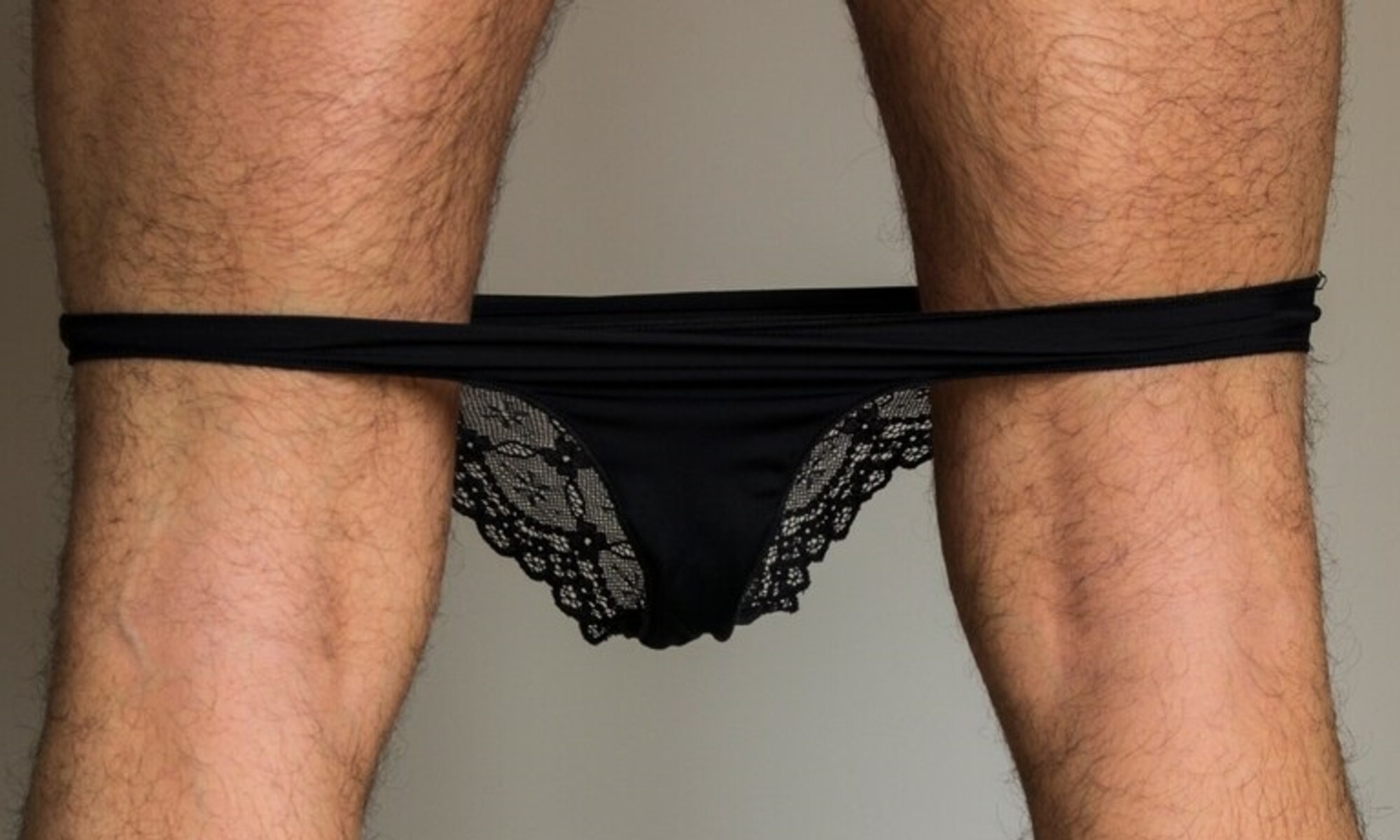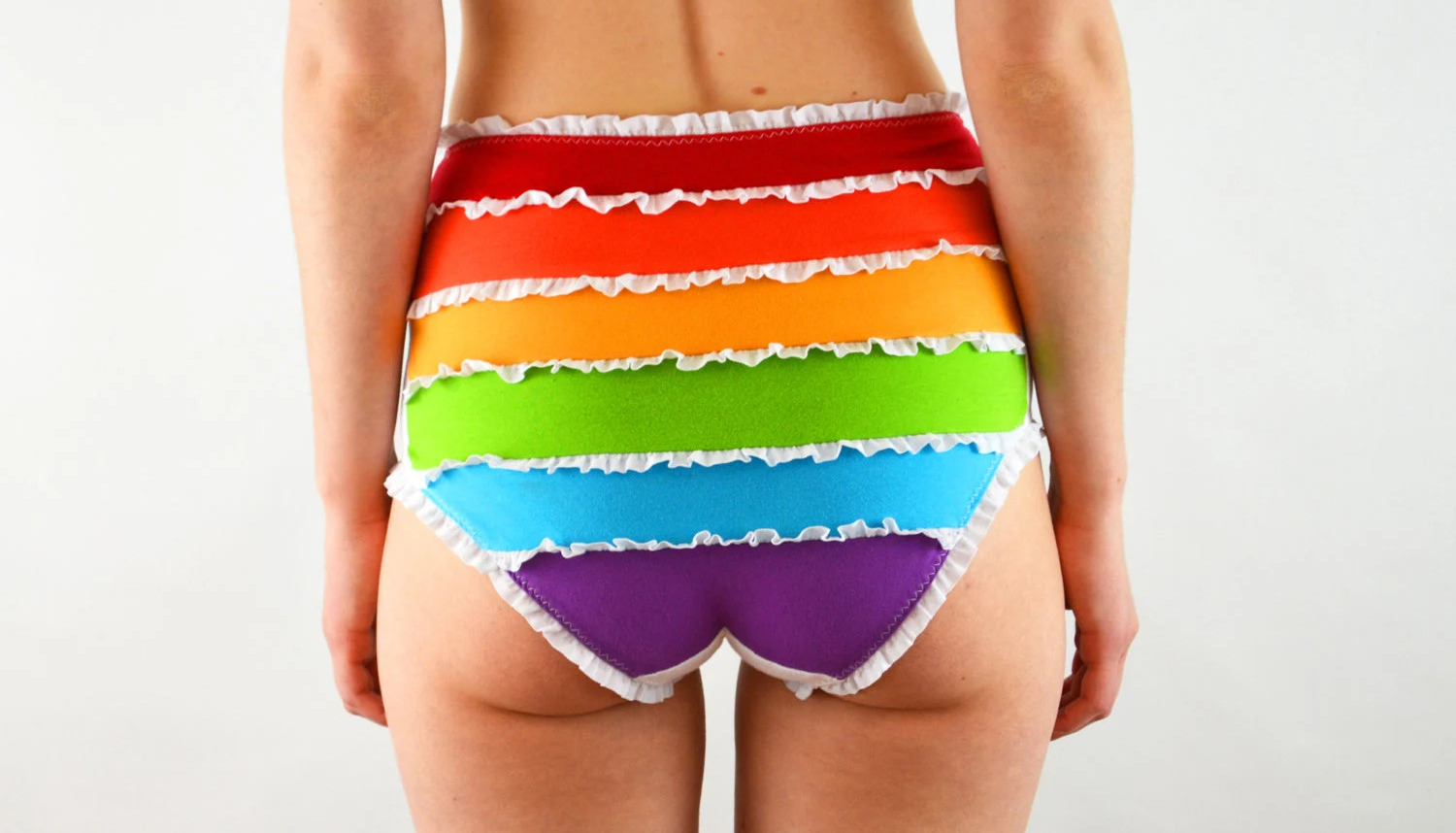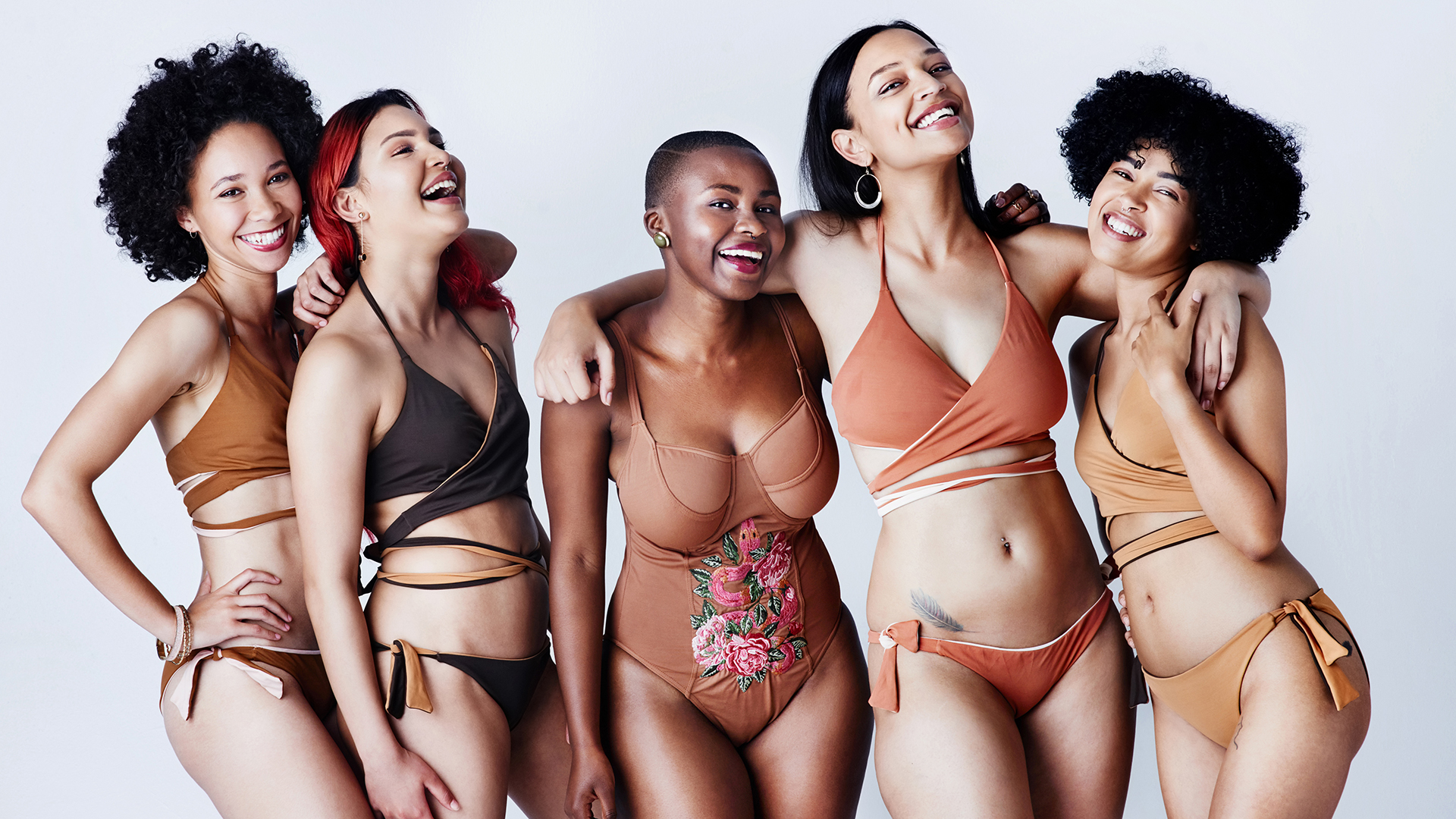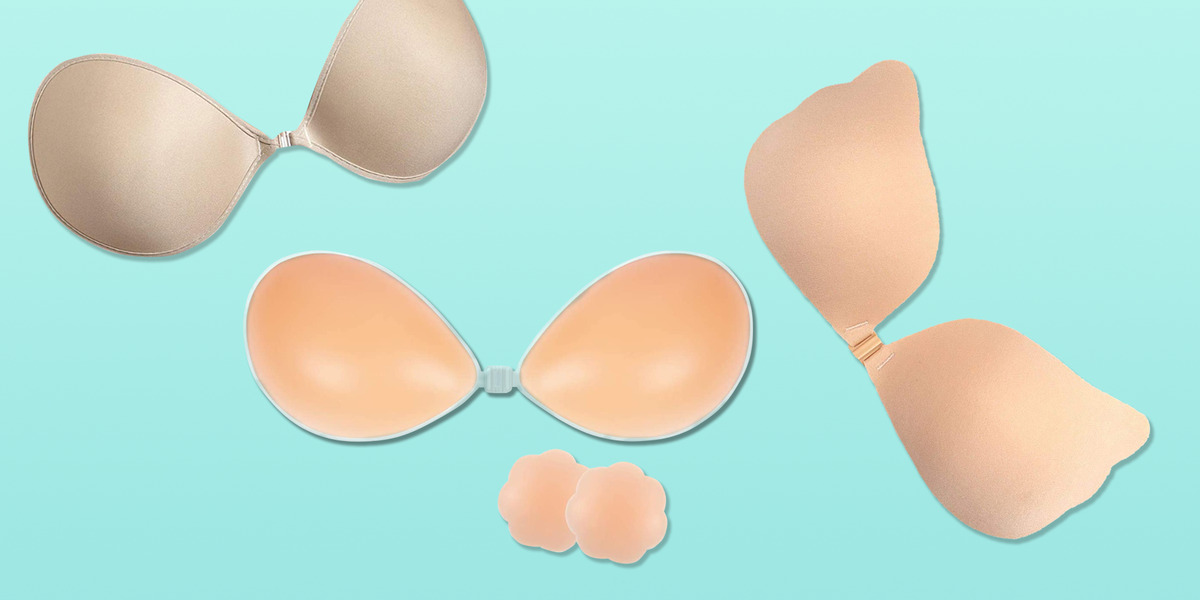Home>Women's Underwear>Thongs>How Are You Supposed To Wear A Thong
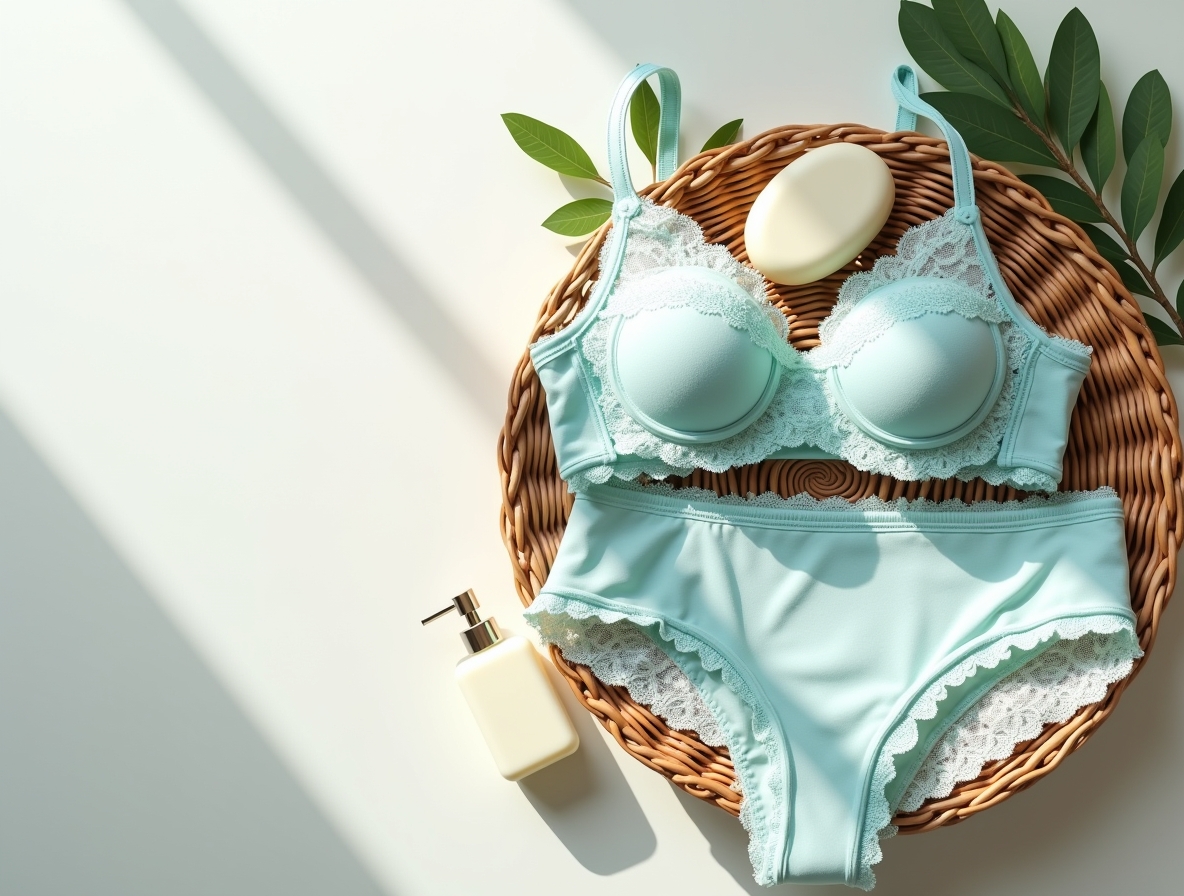

Thongs
How Are You Supposed To Wear A Thong
Modified: July 30, 2023
Discover how to properly wear a thong with our expert tips and advice. Learn the dos and don'ts of thongs to ensure comfort and confidence.
(Many of the links in this article redirect to a specific reviewed product. Your purchase of these products through affiliate links helps to generate commission for Under-tec.com, at no extra cost. Learn more)
Table of Contents
Introduction
Welcome to the world of thongs! Whether you’re a seasoned thong wearer or considering trying one for the first time, this article is here to guide you through everything you need to know about wearing this popular underwear style.
A thong is a type of underwear characterized by its minimal design, with a thin strip of fabric at the back that sits between the buttocks. It offers minimal coverage while still providing support and comfort. Thongs come in various styles, including G-strings, tangas, and V-strings, allowing you to choose the style that best suits your preferences.
There are numerous reasons why people choose to wear thongs. First and foremost, they offer a seamless look under tight-fitting clothing. With no visible panty lines, you can wear form-fitting outfits with confidence. Thongs also provide a sense of freedom and comfort, as they eliminate the feeling of fabric bunching up or riding up in your underwear. They’re also a popular choice for individuals who want to feel sexy and confident, as thongs can boost self-esteem and make you feel more alluring.
Before you start rocking your thongs, it’s essential to find the right size. Ill-fitting underwear can be uncomfortable and may not provide the desired support. Take proper measurements to ensure you get the perfect fit. Online sizing charts can be helpful, but it’s always a good idea to try them on and assess the fit before making a purchase.
Now that you have the perfect pair of thongs, it’s time to learn how to put them on properly. Start by holding the waistband and stepping into the thong one foot at a time. Gently pull up the front panel so that it sits snugly against your body. Then, adjust the back panel so that it comfortably fits between your buttocks. Keep in mind that it may take some time to get used to the feeling of a thong, so be patient during the adjustment period.
Thongs are versatile and can be worn under various types of outfits. They pair well with tight-fitting dresses, leggings, and skirts since they eliminate visible panty lines. However, they may not be the best choice for every outfit. It’s important to consider the occasion and the impact of the fabric against your clothing to determine if a thong is appropriate.
What is a Thong?
A thong is a type of underwear that is known for its minimal and provocative design. It is characterized by a thin strip of fabric that runs between the buttocks and a narrow waistband. Thongs provide minimal coverage, with the aim of avoiding visible panty lines and offering a seamless look under tight-fitting clothing.
The origin of the thong can be traced back to ancient civilizations, including the Egyptians, Romans, and Greeks, who used loincloths for practical reasons. However, it wasn’t until the 20th century that the modern thong as we know it today gained popularity.
Thongs come in various styles and materials to cater to individual preferences. G-strings are a popular style that consists of a minimal triangle of fabric at the front and a thin string at the back. Tangas have a slightly wider back coverage compared to G-strings, while V-strings have a V-shaped back that sits lower on the waist. Thongs can be made from materials such as cotton, lace, satin, or microfiber, providing options for comfort, breathability, and aesthetics.
Thongs are typically worn for special occasions or when one desires a seamless and sexy look. Many lingerie brands now offer an extensive range of thongs in different colors, patterns, and designs to suit various tastes and preferences.
It’s worth noting that while thongs are often associated with women’s underwear, there are also options available for men. Men’s thongs follow a similar design concept with a small pouch at the front and a thin strip at the back.
Thongs have become a popular choice for individuals who want to feel confident, sexy, and comfortable. They offer a sense of freedom, as they eliminate the feeling of fabric bunching up or riding up. They also enhance the natural curves of the body, providing a flattering and alluring look.
However, it’s important to note that thongs may not be for everyone. Comfort is subjective, and some individuals may find thongs uncomfortable to wear for long periods of time. It’s essential to choose the right size and style that fits your body comfortably and suits your personal preferences.
In the next section, we will explore the benefits of wearing thongs and how they can enhance your underwear collection.
Benefits of Wearing Thongs
Thongs offer several benefits that make them a popular choice for many individuals. Here are some advantages of wearing thongs:
- No Visible Panty Lines (VPL): One of the main reasons people opt for thongs is to avoid visible panty lines under tight-fitting clothing. The minimal design and thin fabric at the back ensure that there are no visible lines, creating a seamless look. This makes thongs an excellent choice for wearing with form-fitting dresses, skirts, and leggings.
- Comfort: Despite their minimal coverage, thongs can be surprisingly comfortable to wear. The absence of excess fabric means less chance of fabric bunching up or riding up, providing a freeing sensation. With the right fit and quality materials, thongs can feel like a second skin.
- Boost in Confidence: Thongs can make you feel sexy and confident. The minimal design and flattery of the natural curves of the body can help boost self-esteem. Wearing a thong can be an empowering choice that allows you to embrace your body and feel more alluring.
- Variety of Styles: Thongs come in a wide range of styles and designs, catering to different tastes and preferences. From simple and classic designs to intricate lace patterns and bold prints, there is a thong for everyone. Whether you prefer a basic black thong or a vibrant and eye-catching style, you can find the perfect match to suit your personality and mood.
- Ventilation and Breathability: Thongs can provide better ventilation and breathability compared to full-coverage underwear. With less fabric covering the intimate area, air can circulate more freely, reducing the chances of moisture buildup. This can help in maintaining a fresh and comfortable feeling throughout the day.
- Special Occasions: Thongs are often associated with special occasions and intimate moments. They can be a seductive addition to your lingerie collection, allowing you to create a more romantic and sensual atmosphere. Wearing a thong can add an extra layer of excitement and playfulness to any intimate encounter.
While thongs offer many benefits, it’s important to remember that individual preferences and comfort levels can vary. What works for one person may not work for another. It’s crucial to choose the right size, style, and fabric that aligns with your comfort and personal preferences.
Next, we will discuss how to find the right size of thongs to ensure a comfortable and flattering fit.
Finding the Right Size
When it comes to buying thongs, finding the right size is crucial for both comfort and fit. Ill-fitting underwear can lead to discomfort, visible panty lines, and even health issues. Here are some tips to help you find the right size of thongs:
- Measurements: Start by taking accurate measurements of your waist and hips. This will serve as a guideline when choosing the appropriate size. Different brands may have slightly different sizing charts, so always refer to the brand’s specific measurements.
- Size Charts: Many online retailers provide size charts that can help you determine the right size. Pay attention to the waist and hip measurements to find the size that corresponds to your measurements.
- Fit Test: If possible, try on the thongs before purchasing them. This will give you a better idea of how they fit your body and whether they provide the desired level of comfort and coverage.
- Elasticity: Consider the stretchiness of the fabric when choosing the size. Thongs with more stretch in the waistband or back panel may offer a more forgiving fit and accommodate different body shapes.
- Comfort is Key: Remember that comfort should always be a priority. If you find a thong that matches your measurements but feels uncomfortable when you try it on, consider trying a different size or a different style. Each person’s body shape and preferences are unique, so finding what works best for you is important.
It’s also important to note that sizes can vary between brands, so one brand’s medium may be another brand’s small. Be open to trying different brands and styles to find the perfect fit.
If you’re unsure about your size, don’t hesitate to seek assistance from customer service representatives or refer to online forums and reviews for guidance. Other people’s experiences can be helpful in determining how certain brands or styles fit.
By taking the time to find the right size, you can ensure that your thongs are comfortable, flattering, and provide the desired level of coverage. The next section will guide you on how to put on a thong properly for maximum comfort.
How to Put on a Thong
Putting on a thong may seem like a simple task, but there is a technique to ensure a comfortable and proper fit. Follow these steps to put on a thong effectively:
- Hold the Waistband: Begin by holding the waistband of the thong with both hands.
- Step into the Thong: Step into the thong one foot at a time, just like you would with regular underwear. Make sure that the thong is facing the right way, with the wider panel at the front and the narrow strip at the back.
- Adjust the Front Panel: Gently pull the front panel of the thong up to your waist, ensuring that it sits comfortably against your body. Make any necessary adjustments to ensure a snug fit. The front panel should cover your pubic area without feeling too tight or too loose.
- Position the Back Panel: Next, adjust the back panel of the thong so that it comfortably sits between your buttocks. The narrow strip of fabric should sit snugly without digging into your skin or feeling restrictive. Keep in mind that there should be enough fabric to cover your entire buttocks, without any excess material hanging out.
- Smooth Out: Finally, gently smooth out any wrinkles or folds in the fabric to ensure a seamless and comfortable fit. Take a moment to adjust the waistband to your desired position, making sure it sits securely without digging into your skin.
It’s important to note that it may take some time to get used to the feeling of wearing a thong, especially if you’re trying it for the first time. Give yourself some adjustment time to become comfortable with the new sensation.
Remember, finding the right fit and style that works for you is key. Don’t be afraid to experiment with different brands, materials, and styles until you find the perfect thong that suits your body and preferences.
Now that you know how to put on a thong, let’s explore how to ensure maximum comfort by making necessary adjustments.
Adjusting for Comfort
While thongs can provide a freeing and comfortable sensation when worn properly, it’s important to make necessary adjustments for maximum comfort. Here are some tips to help you stay comfortable while wearing a thong:
- Check the Fit: Ensure that your thong fits snugly but not too tightly. A properly fitting thong should feel secure and comfortable without digging into your skin or leaving marks.
- Positioning: The back panel of the thong should sit comfortably between your buttocks. It should not ride up excessively or cause discomfort. If you find it uncomfortable or if it keeps shifting, gently adjust the position to ensure a better fit.
- Fabric Choice: Consider the fabric of your thongs. Opt for breathable and moisture-wicking materials, such as cotton or microfiber, to help keep you cool and dry throughout the day.
- Avoid Chafing: Chafing can occur if the edges of the thong rub against your skin. To prevent this, make sure the fabric is smooth and doesn’t have any rough edges. Additionally, applying a thin layer of petroleum jelly or an anti-chafing product in areas prone to friction can help reduce discomfort.
- Regular Adjustments: It’s normal for thongs to shift slightly throughout the day. If you find that your thong has moved from its original position or is causing discomfort, take a moment to adjust it. Gently pull the back panel and waistband into their proper positions to ensure a comfortable fit.
- Hygiene: Practice good hygiene habits to maintain comfort while wearing a thong. Regularly change your thongs and wash them according to the care instructions to prevent any discomfort or irritation caused by sweat or bacteria buildup.
- Listen to Your Body: Above all, listen to your body. If you find that a thong is consistently uncomfortable or causes irritation, it may not be the right style or fit for you. Everyone’s comfort level and preferences are unique, so it’s essential to find what works best for you.
By making the necessary adjustments and paying attention to your comfort level, you can ensure a pleasant and enjoyable experience while wearing a thong. Remember, comfort is subjective, so find what works for you and embrace your personal preferences.
Now that we’ve covered the adjustments for comfort, let’s discuss appropriate outfits for thong wear in the next section.
Appropriate Outfits for Thong Wear
Thongs are a versatile underwear choice that can be worn with a variety of outfits. While they offer minimal coverage, they are designed to remain discreet and invisible under clothing. Here are some appropriate outfits where thong wear can be considered:
- Tight-Fitting Clothing: Thongs are ideal for wearing under tight-fitting clothing like dresses, skirts, and leggings. With their seamless design, thongs eliminate visible panty lines, allowing you to showcase your curves with confidence.
- Sheer or Light-Colored Clothing: Thongs can be a great choice for sheer or light-colored clothing. The minimal coverage ensures that the underwear doesn’t show through the fabric, providing a clean and polished look.
- Gym and Activewear: If you’re hitting the gym or engaging in physical activity, thongs can be a practical choice. The minimal design prevents unwanted lines, while the breathable fabric keeps you comfortable during workouts.
- Special Occasions: Thongs can be a seductive addition to your intimate apparel for special occasions or romantic moments. They can add an extra touch of allure to your lingerie collection, making you feel confident and sexy.
- Low-Rise Pants: Thongs are a great option for low-rise pants or jeans. With their low-cut waistline, thongs remain discreet, ensuring that your underwear doesn’t peek above the waistband of your bottoms.
However, it’s important to exercise discretion and consider the appropriateness of outfit choices for the occasion. While thongs can be stylish and empowering, they may not be suitable for all situations. Factors like the nature of the event, dress code, and personal comfort should be taken into account when deciding to wear a thong.
Remember, style and confidence come from wearing what makes you comfortable and happy. You have the freedom to choose what feels right for you, whether that includes thongs or other styles of underwear.
Now let’s explore some common mistakes to avoid when wearing thongs in the next section.
Common Mistakes to Avoid
While thongs can be a fashionable and comfortable choice of underwear, there are some common mistakes to avoid to ensure a seamless and enjoyable experience. Here are some common mistakes to watch out for:
- Wearing the Wrong Size: Wearing a thong that is too tight or too loose can lead to discomfort and visible panty lines. Take the time to properly measure and find the right size that fits you comfortably.
- Ignoring Comfort: It’s important to prioritize comfort when choosing and wearing thongs. If your thong is causing discomfort or irritation, it may be a sign that it’s not the right fit or style for you. Choose thongs made from breathable fabrics and make sure they sit comfortably on your body.
- Not Properly Adjusting: To ensure a comfortable fit, take the time to adjust your thong properly. The back panel should rest comfortably between your buttocks, and the waistband should sit securely without digging into your skin.
- Visible Thong Lines: While thongs are designed to be discreet, there are instances where thong lines may still show. Pay attention to the fabric of your clothing and choose outfits that minimize the visibility of thong lines.
- Ignoring Hygiene: Thongs require regular washing and proper hygiene practices. Failing to wash your thongs regularly or not following the care instructions can lead to discomfort and potential health issues. Maintain good hygiene to prevent any discomfort or irritation.
- Not Considering the Occasion: Thongs may not be appropriate for every occasion or outfit. Consider the formality of the event, dress code requirements, and your personal comfort level when deciding whether to wear a thong. It’s essential to dress appropriately for the occasion.
Avoiding these common mistakes will help you have a more enjoyable and comfortable experience while wearing thongs. Remember, everyone’s preferences and comfort levels are unique, so find what works best for you and embrace your personal style.
In the next section, we will discuss how to choose thongs that are suitable for different body types.
Thongs for Different Body Types
Thongs come in various styles and designs that can flatter different body types. Whether you have a curvaceous figure or a petite frame, there is a thong out there that can accentuate your natural shape. Here are some tips for choosing thongs for different body types:
- Curvy Figures: If you have a curvy figure with fuller hips and a well-defined waist, look for thongs with wider waistbands. This helps to provide support and create a smooth silhouette. High-waisted thongs can also be a great option as they emphasize the waistline.
- Petite Frames: For individuals with a petite frame, slimmer and lower-rise thongs tend to be more flattering. These styles help to elongate the legs and create the illusion of a longer torso. Avoid thongs with overly wide waistbands, as they can overwhelm a smaller frame.
- Hourglass Figures: If you have an hourglass figure with a well-defined waist and balanced proportions, you have the flexibility to experiment with a variety of thong styles. Opt for thongs with medium-width waistbands that highlight your waistline and enhance your curves.
- Athletic Builds: For those with athletic builds and fewer curves, thongs with bold prints, ruffles, or lace details can add visual interest and create the illusion of fuller curves. Look for styles that have a little extra fabric, such as tangas, to provide more coverage without sacrificing comfort.
- Plus Sizes: Plus-size individuals can find thongs specifically designed to provide optimal comfort and support. Look for thongs with wider waistbands and stretch materials that offer a secure and comfortable fit. High-waisted options can also provide extra coverage and shape your curves beautifully.
Ultimately, the best thong for your body type is one that makes you feel confident and comfortable. It’s all about finding the right fit and style that flatters your unique features and suits your personal preferences.
When trying on different thongs, take the time to assess how they make you feel and how they enhance your body shape. Don’t be afraid to experiment and try different styles until you find the ones that make you look and feel amazing.
With these tips in mind, you can confidently choose thongs that complement your body type and make a stylish statement. In the next section, we will explore alternatives to thongs for those who may prefer different underwear styles.
Alternatives to Thongs
While thongs have their advantages, they may not be the preferred underwear style for everyone. If you’re looking for alternatives to thongs, there are plenty of other options that offer both comfort and style. Here are a few alternatives you can consider:
- Bikini Cut: Bikini cut underwear offers moderate coverage while providing a comfortable and flattering fit. They sit lower on the hips and offer more coverage at the back compared to thongs.
- Boyshorts: Boyshorts are a popular choice for those who prefer more coverage. They have a longer leg and provide full coverage at the back. Boyshorts offer a comfortable and cute alternative to thongs while still remaining discreet under most clothing types.
- Seamless Panties: Seamless panties are a great option for anyone wanting to eliminate visible panty lines. These underwear typically have laser-cut edges or minimal stitching, creating a smooth look under clothing. They come in various styles, including bikini cut or briefs, providing a seamless and comfortable fit.
- Hipster: Hipster underwear sits lower on the hips and offers a moderate level of coverage. They are known for their wider side panels and comfortable waistbands. Hipster panties come in various fabrics and styles, allowing you to find the perfect fit for your preferences.
- Thigh Shapers: Thigh shapers combine the functionality of shapewear with the comfort of underwear. They provide smoothing and shaping benefits for the waist, hips, and thighs, while still giving you the coverage you desire.
- High-Waisted Briefs: High-waisted briefs offer more coverage and support, making them an excellent choice for those who prefer a more retro-inspired look. They provide a flattering fit and can help enhance and shape the waistline.
Remember, the key to finding the right underwear is personal preference. Explore different styles, materials, and cuts to find what feels most comfortable and suits your lifestyle.
Consider the occasion, your outfit, and your comfort when selecting underwear alternatives to thongs. Each style has its own unique benefits, so choose the one that makes you feel confident, comfortable, and fashionable.
Now that you’re aware of alternatives to thongs, let’s wrap up this article with a recap of the key points discussed.
Conclusion
Thongs are a popular underwear choice for individuals looking for minimal coverage, comfort, and a seamless look under clothing. They come in various styles, materials, and designs, providing options for different preferences and body types.
In this article, we explored what thongs are and the benefits of wearing them. We discussed the importance of finding the right size and how to put on a thong properly. We also provided tips for adjusting for comfort and choosing appropriate outfits to wear with thongs.
Additionally, we highlighted common mistakes to avoid when wearing thongs and offered alternatives for those who may prefer different underwear styles. Finally, we discussed how to choose thongs that flatter different body types.
Remember, the ultimate goal is to find underwear that makes you feel comfortable, confident, and stylish. Whether you choose to wear thongs or opt for one of the alternatives mentioned, it’s important to prioritize your comfort and personal preferences.
Now armed with the knowledge and tips shared in this article, you can confidently navigate the world of thongs and make informed choices that suit your individual needs.
Happy thong wearing!

